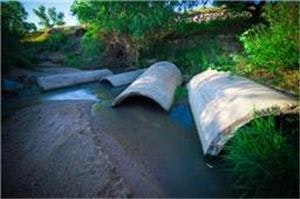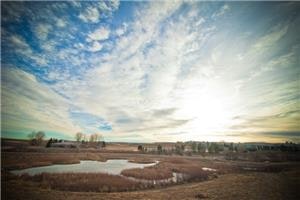Water Quality
KEEPING STORMWATER POLLUTANT FREE


Stormwater is rain and snow melt that runs off impervious surfaces such as rooftops, paved streets, highways, and parking lots. As water runs off these surfaces, it can pick up pollution such as oil, fertilizers, pesticides, soil, trash, and animal waste. From here, the water might flow directly into a local stream, pond or lake, or it may enter a storm drain and continue through storm pipes until it is released untreated into a local waterway.
The creation of impervious surfaces that often accompanies urbanization drastically affects the quantity and quality of water entering our streams and lakes. The increase of impervious surfaces in urban areas significantly increases the quantity of stormwater runoff, which has been shown to cause flooding, scoured streambeds channels, soil erosion, in-stream sedimentation and, loss of aquatic and riparian habitat. Hydrologic implications of large runoff volumes also include water quality; recurring discharge of large volumes of polluted stormwater runoff degrades the water quality of the receiving stream or lake.
SEMSWA is responsible for ensuring compliance with a Clean Water Act-mandated National Pollutant Discharge Elimination System (NPDES) permit and other environmental regulations. It is a permit condition, as well as a core goal of SEMSWA, to protect and enhance the water quality within the South Platte Watershed by reducing the amount of pollutants in stormwater runoff.
Prioritizing water quality in our work demonstrates our commitment to improving natural habitats and public health.
